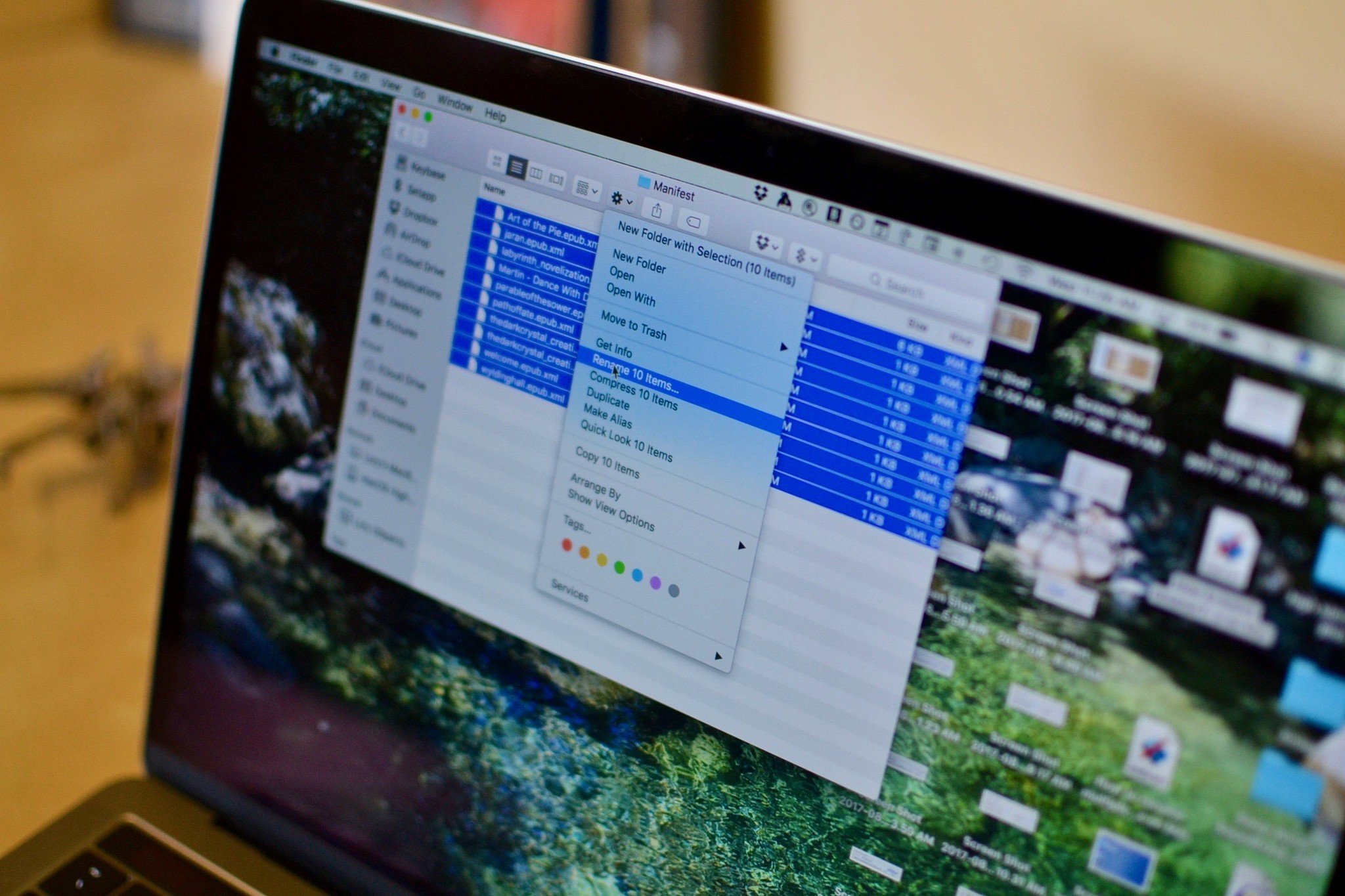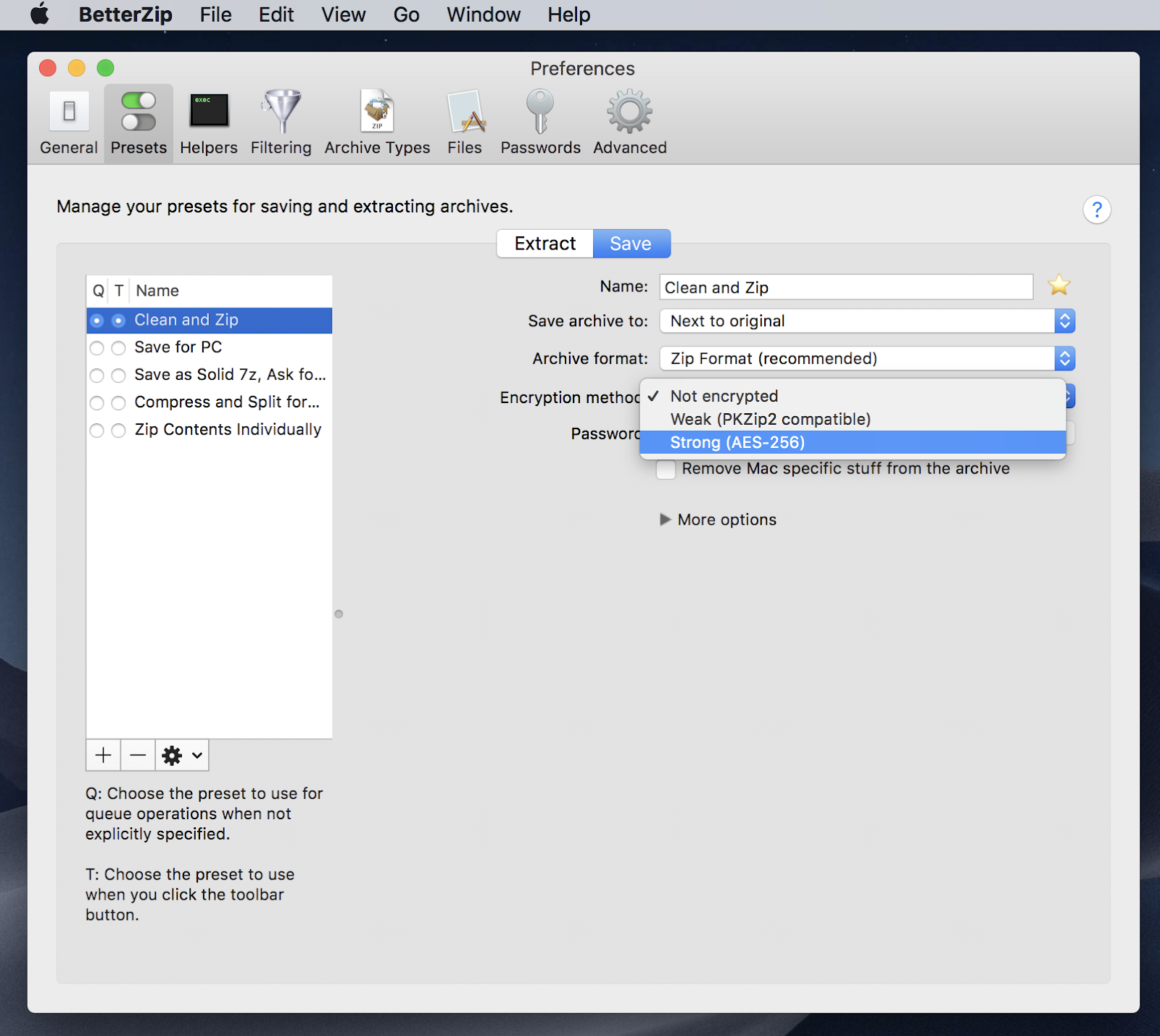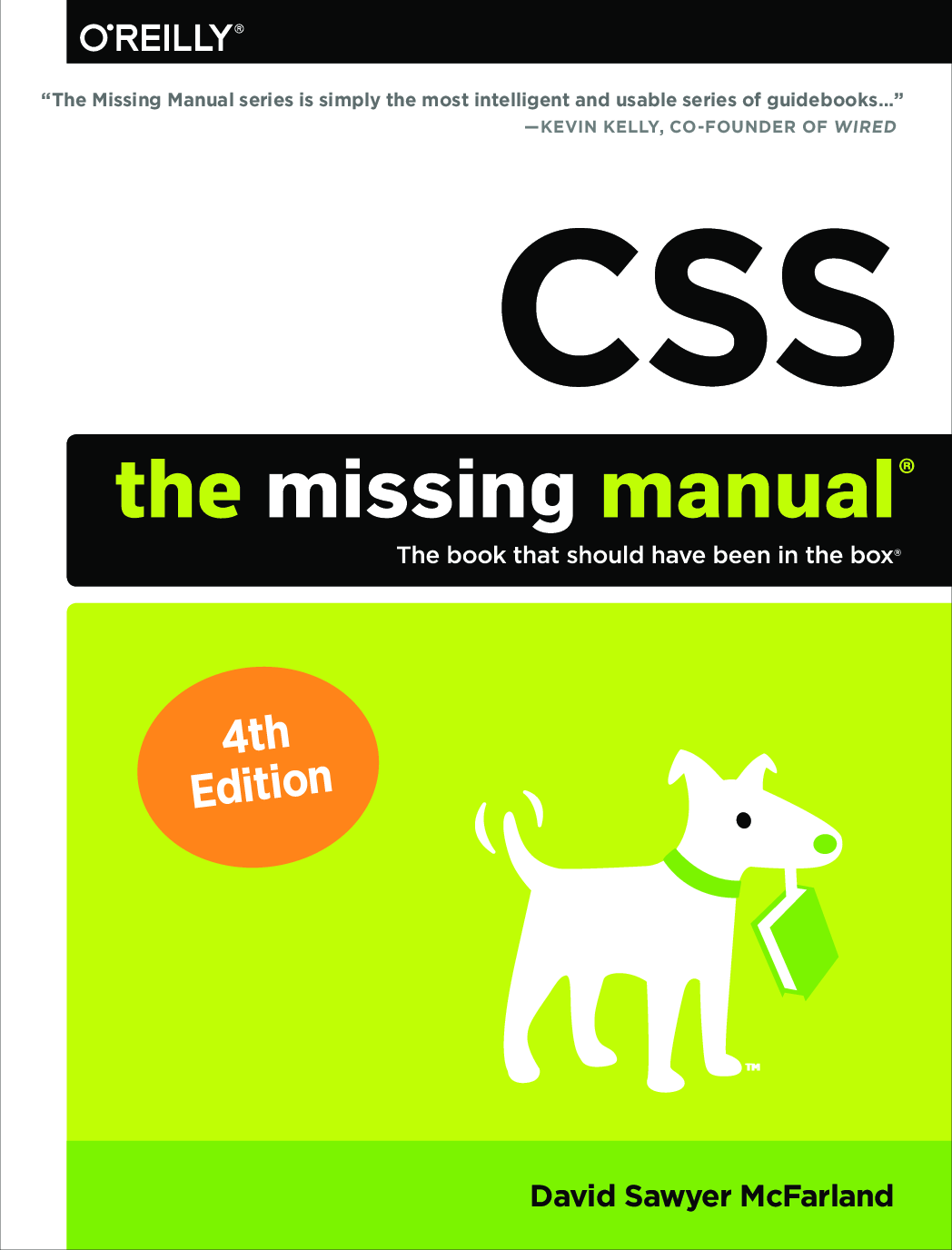Mac Terminal Zip Multiple Files
Jul 22, 2021 Zip multiple files on mac; A zip file will be created with the name “Archive.zip“ How to Create a Password-Protected ZIP File on a macOS. Hold Command and Press Space to open Spotlight, type Terminal to search and Enter; Change directory to where files are located by using the command: cd desktop (you can put your path in place of the.
The md5 command will check multiple files for you. Simply list all the files you want after the command. Md5 md1.gz md2.gz md3.gz. It will output the md5 hashes like so: If you want just the hashes, use the -q flag, it will print only the hash, without the identifying information. I'm guessing that you want to compare the hash of the files. A Zip file is a data container containing one or more compressed files or directories. Compressed (zipped) files take up less disk space and can be transferred from one to another machine more quickly than uncompressed files. Zip files can be easily extracted in Windows, macOS, and Linux using the utilities available for all operating systems.
Get a secure archiver app
Right-click or Ctrl-click the multiple files you want to compress (whether on the desktop or inside. With WinZip for the Mac, you can right click (or press the CTRL button and click) files and folders to create a Zip file. When you right click a file, the context menu will display and you will find two WinZip features at the bottom of the Services submenu. Those features are Email as Zip File and Add to Zip File. To compress several files and/or folders, create a new folder (Shift + Cmd + N) within Finder or on the desktop and name it whatever you want the zip to be called. Drag and drop the files you want. How to Make a Zip File on a. Pluribus goes big to support larger, multi-vendor data. Trump can’t recruit ‘army’ of poll watchers under. Why The iPhone 12’s A14 Chip Is Revolutionary. VMware highlights security in COVID-era networking. Home Mobile How to Make a Zip File on a Mac.
The allure of zipped files is simple: they allow you to directly send and receive files, or batches of files, without encroaching on file size limits. Often, email providers have limits on how large attachments can be. Zip files make it easy to bypass that limitation without sending multiple emails.
Zipping files can also be useful for compressing files for storage on your Mac, or an external hard drive.
All-in-one file management
Get 190+ apps to deal with your files in one Setapp suite. Zip and unzip files, edit and search PDFs, change file formats, and more.
How do you open a zip file on a Mac? Or what's the best way to do that? There are, of course, several methods for creating archives, such as built-in utilities, Terminal, and third-party apps. Below, we are going to explore how to unzip files on Mac, how to create zip archives, and showcase some archivers that make it really easy to zip and manage zipped files.
What is a Zip file?
A zip file is a lossless way to compress and archive files and folders. You often encounter zip files in emails, as mentioned, but also when downloading from the internet. If you've ever downloaded an app or extension directly from a developer website, chances are it was a zipped file.
It uses the '.zip' filename, and its icon is typically a folder with a zipper running up the middle. Zipping files is a time-tested method, and is largely unchanged. Its use-cases have expanded, though. We use zip files for sending large files and bundles of PDF or text files, but it's now used as a method to send large folders of images as well as for downloading applications or games from the internet.
How to zip files on a Mac
Before we talk about some special apps and tools, we need to mention built-in macOS's utility that allows you to compress and decompress files and folders. Your Mac's simple Archive Utility, stored in the Applications > Utilities folder, is a simple, direct way to zip files. Its functionality is limited, but it's a decent option for quick zipping and unzipping of files and folders when you need to open zip files someone has sent you.
Here's how to zip a file on Mac with the Archive Utility:
- Find the file or files you want to zip.
Note: if you'd like to zip multiple files, it's best to put those files in the same folder. Then you can proceed to step two. - Right-click on the file or folder.
- Select 'compress'
That's all it takes. Note the zipped file or folder will be created in the same location as the file or folder you zipped. You can move it manually if you like.
If you want to zip multiple files without first adding them to a folder, that's also possible with Archive Utility. Here's how:
- Open the folder with files or folders you want to zip up
- Select the items you want to include in the zip file and right-click on any one of the items.
- Select 'Compress (x) Items' from the pop-up menu.
Once again, a progress bar will display. When the compression is finished, zipped items will be stored in a file called Archive.zip, which will be located in the same folder as the original items.
How to create an encrypted zip archive
Now that you know how to create a zip file on Mac, you may be wondering how to encrypt that zipped file. Archive Utility doesn't allow for this, but you can use the Terminal to accomplish this feat. Here's how:
- Open 'Terminal' from your Applications
- Enter the following command: cd desktop
- Press enter on your Mac's keyboard
- Enter the following command: zip -e [zipped filename]
Note: Do not use brackets. If your filename were 'test.zip', you would enter: zip -e test.zip - Press enter
- Terminal will ask for you to assign and verify a password.
The encrypted file will then appear on your desktop. Opening it will require a password.
We should note this method is clunky, a bit confusing for many – and dealing with Terminal is always a bit nerve-wracking. There's a much better way!
Get BetterZip for all ZIP tasks

Create encrypted ZIP archives and handle compression effortlessly. BetterZip is part of Setapp, so it’s free to try for 7 days.
BetterZip is an app that makes compression and encryption a breeze. In fact, you can set BetterZip up to encrypt all files by default! It uses strong AES-256 encryption, and has the same lossless compression you'll find with any zipping method.

Here's how to encrypt zip files using BetterZip:
- Open BetterZip on your Mac.
- From the menu bar, select 'BetterZip,' and 'Preferences'
- From the 'Presets' menu, select the 'Save' menu
- Select 'Clean and Zip'
- Under 'Encryption method,' select 'Strong (AES-256)'
If you'd like to use the same password for every file you encrypt, you can enter it in the filed just below 'encryption method'. If you don't supply a password, BetterZip will prompt you for one each time you zip and encrypt a file.
BetterZip is impressive for encrypting every zip file you create. If you're looking for a simpler approach, Archiver is the app you're looking for. It uses a drag-and-drop interface, and makes encryption as easy as checking a box and assigning a password. Here's how:
- Open Archiver on your Mac
- Drag the file you want to zip into the app
- Select 'encrypt' if you want to secure the file with a password
- Enter and verify your password
- Select 'Archive'
How to add files to an existing zip file

BetterZip is your best path forward for adding files to an already zipped file. Here's how it's done:
- Open BetterZip on your Mac
- Select the zipped file you want to add new files to
- Select 'Add' from the top of the betterZip window
- Select the file or files you'd like to add to your already zipped file
Note: If you want to add multiple files, you can shift-click to add a list, or command-click to add them one at a time. - Select and hold 'Save' from the top left of the BetterZip window
- In the menu that appears, select 'Clean and Zip'
This creates a new .zip folder with the already-zipped file, as well as the files you added, all of which are now zipped in the same folder.
Unzip files on a Mac
Unzipping files on your Mac is simple. The best method is using the built-in Archive Utility app. The process is simple, and essentially a reversal of the process for zipping a file. Here's how to unzip files:
- Right-click the zipped folder or file you'd like to unzip
- Select 'open with'
- Select 'Archive Utility'
The zipped file or folder will be unzipped. If you'd like to re-zip the file, simple follow the steps we've outlined in this article to zip it again.
How to open zip files as a pro
To open zipped files and folders, both BetterZip and Archive are great options. We especially like BetterZip, here, because each zipped file or folder is previewed in the BetterZip window before you open it up. That way, you always know what you're about to open!
Here's how to unzip files using BetterZip.
- Open BetterZip
- Select the zipped file or folder you want to unzip
- Select 'Extract' from the top of the BetterZip window
Your file or folder will be unzipped. Rdp client for mac microsoft.
Here's the method if you choose Archive:
- Open Archive on your Mac
- Select the zipped file or folder you want to unzip
- Drag it to the Archive window
- Select it from the menu
- Select 'Extract' from the bottom of the Archive window
That's all it takes!
Look inside the archive without extraction
Viewing a zipped file without actually unzipping it can be important if you have many zipped files on your computer, or have zipped folders and can't remember where you stuck a particular file.
For this, we like BetterZip. It automatically offers up a preview of zipped files and folders on the right side of its screen. There's no guessing, or fussy methodology. All you have to do is select the file in BetterZip, and the preview loads immediately.
Extract a separate file from a zip archive
Again, we really like BetterZip for this. Here's how to do it:
- Open BetterZip on your Mac
- Select the zipped folder with the file(s) you want to extract
- Right click the file you want to extract
- Select 'Extract Selected' from the drop-down menu
Unzip files and folders using Terminal
If you would rather unzip files using the Terminal, here's how to do it:
- Open Terminal on your Mac
- Change directory to where your zipped file or folder is located using the 'cd' command. (As an example, if your zipped file were in the documents folder, you would enter 'cd documents' into Terminal – without the quotations. Keep in mind if your zipped file is buried in another folder, you will have to change directory until you reach the file's location.)
- Enter the following command: unzip [filename]. (If your file were named zipped-stuff.zip, you would enter 'unzip zipped-stuff.zip' – again, no quotations.)
Meantime, prepare for all the awesome things you can do with Setapp.
Read onSign Up
So you just went on a vacation with friends, and they’re asking for copies of your photos. You visited so many places that you decide to organize them into folders. But then, how exactly are you going to upload the folders as attachments in an email? Well, the easiest way to do that is to turn them into a ZIP file. Here’s how to zip a file or folder on a Mac or a Windows PC.
What is a ZIP file?
Free Unzip Program For Mac

Unlike regular digitalfiles, a ZIP file is a collection of files that have been compressed into asingle file. It’s like a bunch of coins put into a single pouch and zippedclosed, so it can be easily moved, transferred, or sent. Aside from being ableto easily transport or email several files at once, zipping a file will alsodecrease the size of the files and offer you password protection.
Mac and Windowscomputers have their own built-in compression features that can easily zipfiles or folders.
How to Zip a File on Mac
How To Open Zip Files On Mac
If you need to emailseveral files, you can spare yourself the hassle of attaching each fileindividually to your email. You can create a ZIP file or zip a bunch of filesand attach them in batches.
If you’re using a Maccomputer, you can create zip files by following these steps:
Zip File For Mac
- Put all the files you want to zip in the same folder. You can simply drag-and-drop files and folder into one location. It doesn’t matter if it is comprised of both files and folders, as long as they are in the same location.
- Next, right-click on the folder containing your files and folders you want to zip. This will open a pop-up menu. You can also use Control-Click to open the contextual menu as well.
- Click “Compress (folder name).” This will automatically activate the built-in compression feature to compress your selected files/folders. By default, your compressed file will have the same name as your folder, but with a “.zip” at the end. You’ll find your zip file in the same folder as your original folder.
Zip File Mac Free
How to Zip a File in Windows
Mac Terminal Zip Multiple Files Online
If you’re using aWindows PC, and you want to create a zip file for easy transport, or you planto email several files, follow the steps below:
- Put all the files you want to zip in the same folder. Make sure they are in the same location.
- Next, right-click on the folder containing your files and folders you want to zip. If the files or folders are not next to each other, tap and hold the Ctrl key and left-click to highlight or select files/folders you want.
- Finally, click Send to, then Compressed (zipped) folder. Your system will then create a zip file, which will have the same name as the folder, but with a “.zip” at the end.
Create Zip File Mac Air

If you want to know how to open a zip file on a Mac or PC, check out our guide here.